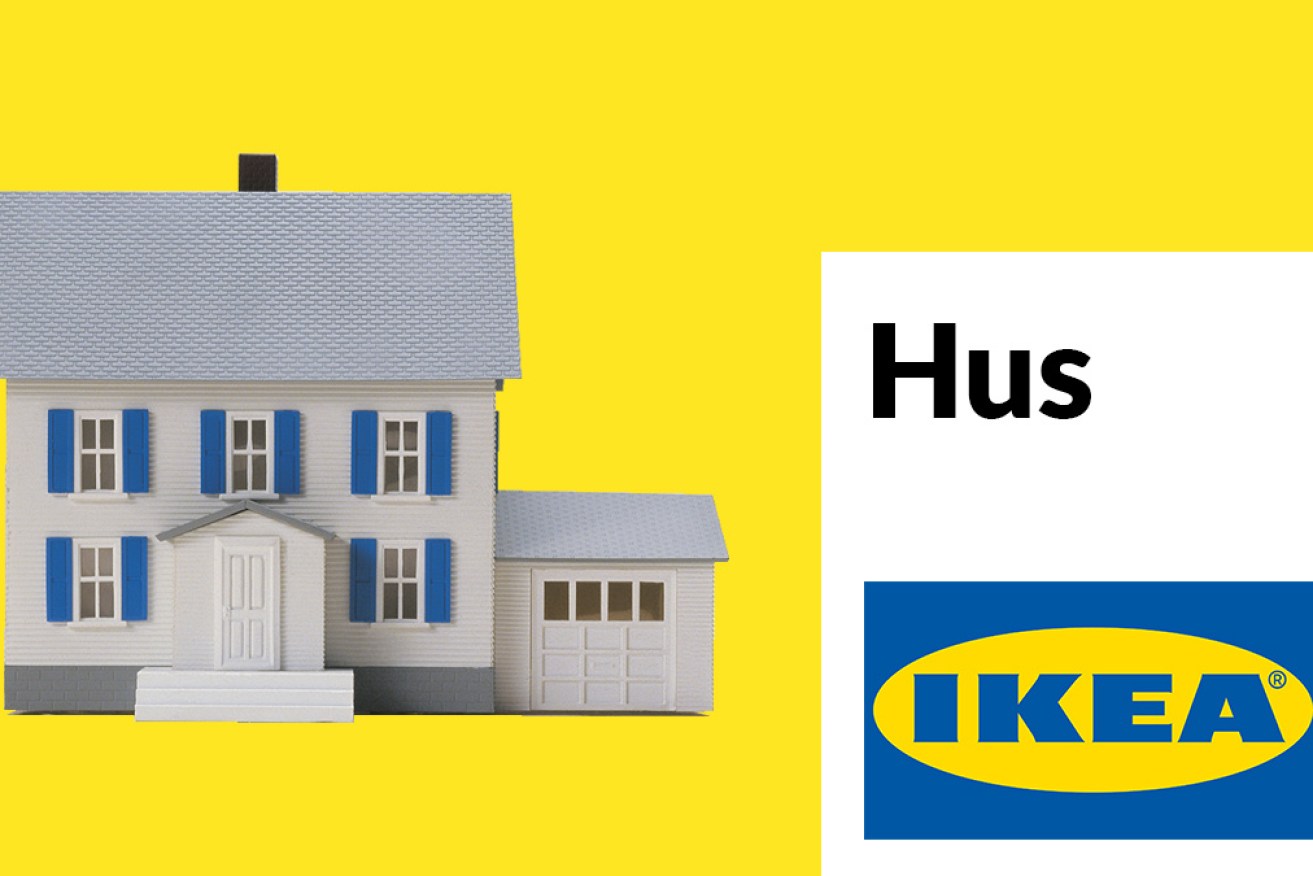Living the Swede life: IKEA building low-cost homes, just not here


IKEA-owned BoKlok will build affordable, prefabricated houses for a British council. Photo: The New Daily
Hoping to solve a growing housing affordability problem, a British council has turned to IKEA to build a village of prefabricated homes – but the Swedish giant has no plans to bring its low-cost homes Down Under.
In an effort to reduce housing costs for its constituents, the Adur and Worthing Councils are working with BoKlok, a prefabricated housing manufacturer owned by IKEA and Swedish development firm Skanska, to construct up to 162 houses in the seaside town of Worthing.
Responding to questions from The New Daily, a spokesperson for IKEA said BoKlok homes were designed to provide sustainable housing at a low cost.
“The mission is to make it possible for people with average incomes to realise their dream of owning their own home. To date, BoKlok has developed about 11,000 homes in Sweden, Finland and Norway,” the spokesperson said.
But Australians on “average incomes” won’t be as fortunate, with the spokesperson confirming IKEA is “not looking into the Australian market at this point”.

BoKlok’s prefabricated homes will provide affordable housing to residents of Worthing, UK.
Housing affordability fix?
Mounting pressure for affordable housing in Australia might make these prefabricated homes look like an attractive option, but Dr Laurence Troy – research fellow with the University of New South Wales’ City Futures Research Centre – is sceptical about the effects such a project would have in Australia.
“I’m all for innovation, but I think it’s a bit backwards to simply focus on reducing construction costs,” he said.
“That doesn’t acknowledge the drivers of housing costs – it just reduces standards of housing for people who have no other options.”
The cost of land and the profit margins developers place on new builds are both bigger inhibitors of affordability, Dr Troy said, so pushes for lower-cost housing should look to address both of these issues first.
“If you want a 20 to 30 per cent reduction in house prices straight away, the easiest thing to do would be to have not-for-profit groups develop them and strip out those profit margins,” he said.
What’s more, a move to prefabricated housing could have a costly effect on the nation’s sizeable construction sector by offshoring builders’ jobs to factories elsewhere in the world – something which would hit the nation’s GDP growth.
Prefabrication a tough sell
Such a plan could face financial difficulties in Australia, according to Sydney-based architect Alex Symes.
“Prefabricated houses have been around for decades, there’s nothing new about that, but no-one’s really made an economically viable business model out of them yet,” he told The New Daily.
“Although, if anyone can do it, it would be Ikea.”
Mr Symes is no stranger to prefabricated housing. In 2016, he launched his own prefabricated housing venture called Big World Homes, with a view to building affordable, sustainable communities through a not-for-profit social group called Big World Communities.
However, after two years fighting with councils and insurers over planning approvals and coverage concerns, the group’s volunteer workforce called time and have since focused on working with council to find new ways to make housing affordable.
Other options for making housing more affordable, Mr Symes said, could include councils using ground leases to reduce the costs associated with sales, or provide support for alternative ownership models (including ‘cooperative ownership’ models like those used in Zurich).








